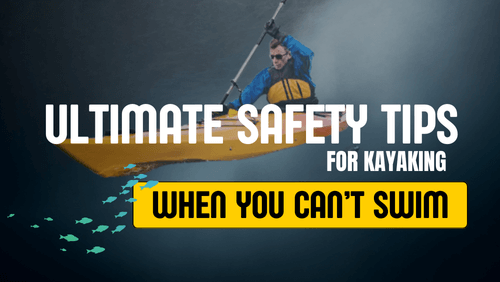Kayaking is a great way to explore water, with Safety Tips for Kayaking in mind we can get a good workout. But let’s face it, for non-swimmers, the idea of being out on the water can be pretty intimidating.
And that’s what this guide is all about – finding the right gear to make sure you feel safe and confident while paddling around.
Why the Right Gear Matters
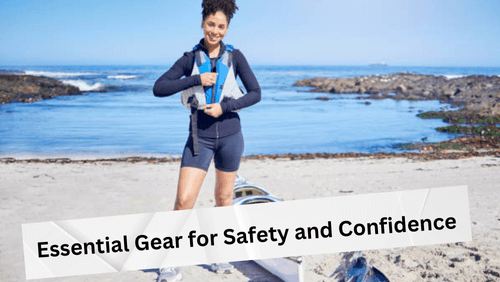
Starting with the right gear is essential, not just to keep you safe, but to ensure you have a blast from start to finish. The proper equipment can help you stay afloat, maintain balance, and handle whatever the water throws at you.
Think of This as Your Kayaking Survival Guide
Think of this as your kayaking survival guide. Whether you’re completely new to the sport or just need a brush-up, this guide will walk you through the must-have gear for kayaking as a non-swimmer. Trust me, gear makes all the difference!
Personal Flotation Device (PFD): Your Lifeline on the Water
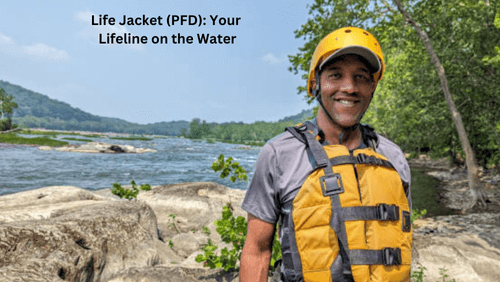
Safety first, right? For non-swimmers, a Personal Flotation Device, or PFD, is non-negotiable. It’s like your best buddy on the water, always there to keep you safe.
Types of PFDs for Kayaking
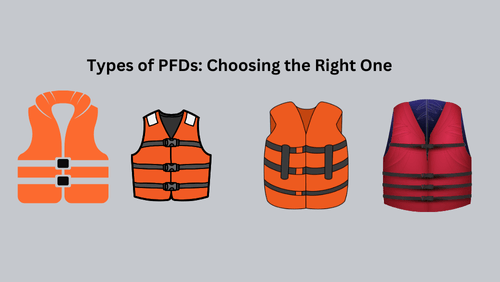
Different kinds of PFDs exist, each designed for specific activities. For kayaking, you’re looking at Type III or Type V PFDs. These are designed to keep you afloat and allow easy movement of your arms for paddling.
Importance of Comfort and Fit
Comfort and fit are critical when choosing a PFD. The last thing you want is something that’s too tight or too loose.
A well-fitted PFD should feel snug but not restrictive. Adjustable straps can help you tweak the fit. Think of it like hugging a teddy bear, snug but comfy!
Pro Tip: Ensuring the Right Fit
Here’s a tip: When trying on a PFD, make sure it doesn’t ride up over your face when you float. If it does, try a smaller size or adjust the straps. Comfortable PFD means you’ll be more likely to keep it on, which is a total game-changer!
Stability Essentials: Choosing the Right Kayak
Kayak choice matters, especially if you’re not a strong swimmer. The right kayak can ensure better stability, giving you the confidence to enjoy your time on the water. Let’s break it down a bit.
Sit-On-Top vs. Sit-In Kayaks
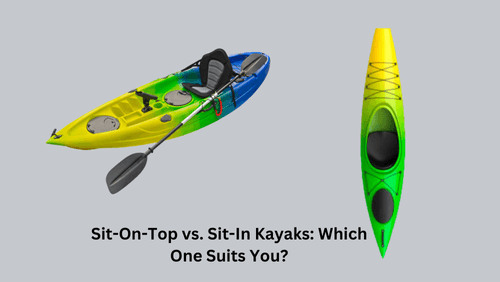
Deciding between a sit-on-top and a sit-in kayak can be a game-changer. Sit-on-top kayaks are generally more user-friendly. They’re easier to get in and out of, which is a plus if stability is a concern.
You won’t feel as confined, and they self-drain, meaning no worries about water collecting in the boat.
On the other hand, sit-in kayaks offer more protection from the elements and can feel more stable because you’re sitting lower in the water. Both have their perks, so it’s really about what makes you feel more secure.
The Importance of Kayak Width
Next up, kayak width. A wider kayak generally provides more stability, making it harder to tip over. Look for kayaks labeled as ‘recreational’ or ‘beginner-friendly,’ as they typically have a wider build.
Inflatable vs. Hard Shell Kayaks
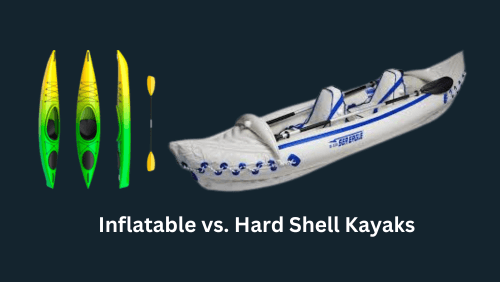
You also have to consider whether you want an inflatable kayak or a hard shell. Inflatable kayaks are lightweight and easy to store, which is great if space is an issue.
They’ve come a long way in terms of stability, but they can be more susceptible to punctures. Hard shell kayaks, while bulkier, offer more durability and often better performance in the water. Both can be stable, but it’s about what fits your lifestyle and comfort level.
Paddle Leash: Never Lose Your Paddle
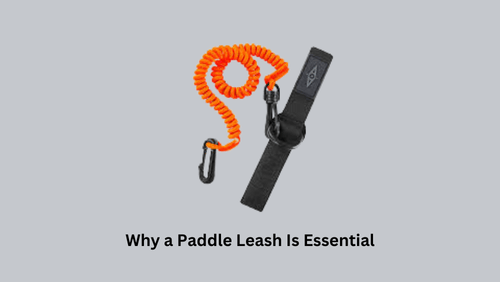
Picture this: you’re cruising along, taking in the sights, and suddenly—splash! Your paddle slips right out of your hands. Now what? This is where a paddle leash becomes your hero.
The Purpose of a Paddle Leash
A paddle leash keeps your paddle attached to your kayak, preventing it from floating away. It’s a small piece of gear that can save you big headaches, especially if you’re not keen on taking a swim to retrieve your paddle.
Types of Paddle Leashes
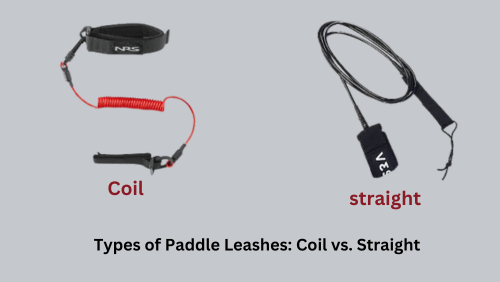
There are two main types of paddle leashes:
- Coil and
- Straight.
Coil leashes stretch when you need them to but stay compact otherwise, reducing the risk of getting tangled.
Straight leashes, while straightforward, can be longer and may get in the way if not managed properly.
How to Use a Paddle Leash
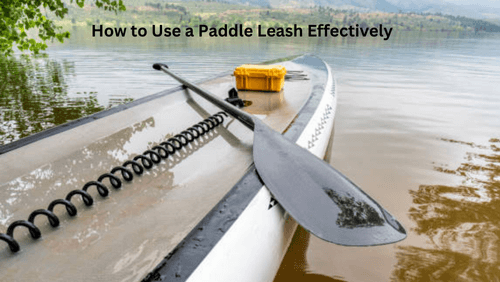
To use a paddle leash effectively, attach one end to your paddle and the other to a secure point on your kayak.
Make sure it’s firmly attached but still allows you enough slack to paddle comfortably. This simple setup can be the difference between a smooth trip and a frantic duck chase through the water.
Practice Before You Paddle
If you’re ever unsure, practice at home or in shallow water first. This way, you’ll get a feel for how it works and ensure it doesn’t interfere with your paddling. Trust me, it’s much easier to handle on dry land!
Head Protection: The Importance of a Helmet
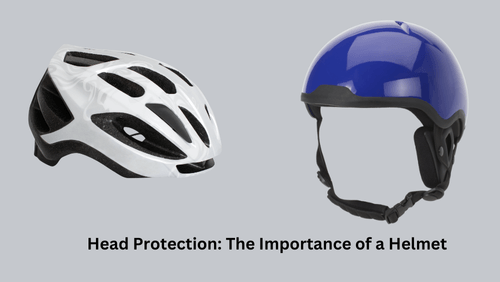
Safety should always be a priority, and for non-swimmers, wearing a helmet can add an extra layer of protection.
While helmets are not always necessary for calm, flat waters, they are a must for more challenging environments like rivers with rocks or low-hanging branches that can pose a risk.
Features to Look for in a Kayaking Helmet
Choosing the right helmet involves looking for specific features. A good kayaking helmet should offer ample coverage, particularly around the temples and back of the head.
Ventilation is also crucial to keep your head cool and comfortable. Materials like ABS plastic and carbon fiber are commonly used for their durability and strength.
Ensuring the Right Fit
Fit matters a lot when picking a helmet. It should sit snugly on your head without wobbling but should also not be too tight.
Adjustable straps and internal paddings can help you achieve the perfect fit. Before you hit the water, shake your head side-to-side and up-and-down to ensure the helmet stays put.
Checking for Safety Standards
Additionally, make sure your helmet meets safety standards set by organizations like the American Society for Testing and Materials (ASTM) or the European Norm (EN). These certifications are your assurance that the helmet provides adequate protection.
Additional Gear for Comfort and Safety
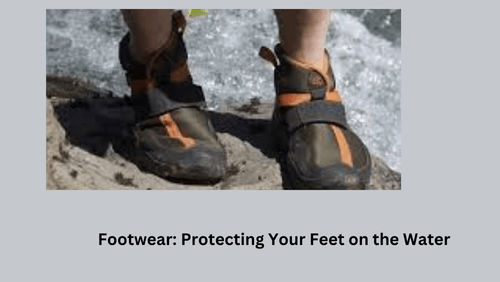
Footwear is super important when kayaking. Water shoes or sandals with good grip can protect your feet from sharp objects and slippery surfaces. They’re designed to stay on even if you end up in the water, providing both comfort and safety.
Enhancing Control and Stability with Thigh Straps and Foot Braces
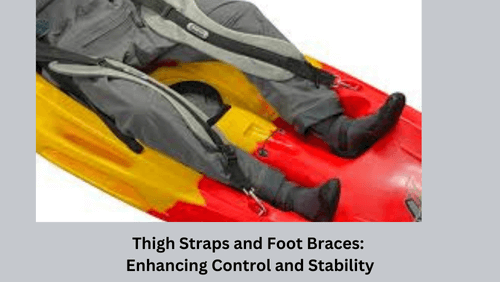
Thigh straps and foot braces can make a world of difference when it comes to control and stability. Thigh straps offer better leverage, aiding in effective paddle strokes and turns, while foot braces provide a firm foundation, enhancing your overall stability.
Keeping Valuables Dry with Dry Bags
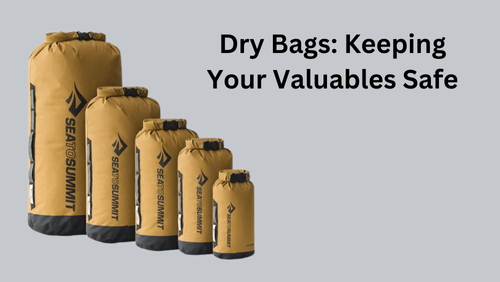
Dry bags are your best friends for keeping your valuables safe and dry. These waterproof bags are designed to float and keep water out, so you can store your phone, keys, snacks, and even an extra set of clothes without worrying about them getting soaked.
Managing Water in Your Kayak with a Bilge Pump or Sponge
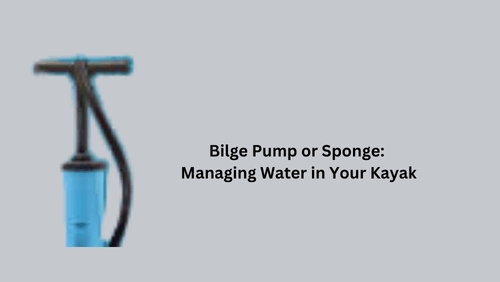
A bilge pump or sponge can save the day by helping you remove water from your kayak. Even with the best precautions, some water can get in, and having a way to bail it out quickly keeps your kayak lighter and more manageable.
Preparing for Emergencies with Signal Devices
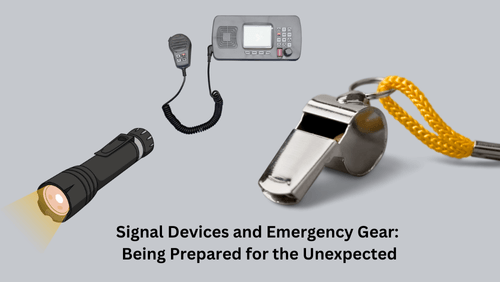
Investing in additional gear like signal devices, a whistle, or a marine radio ensures that you’re prepared for any emergencies. These tools can make all the difference in alerting others to your location if you find yourself in a tight spot.
